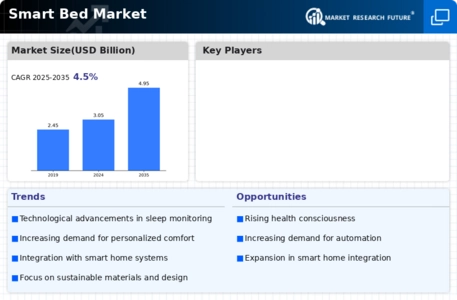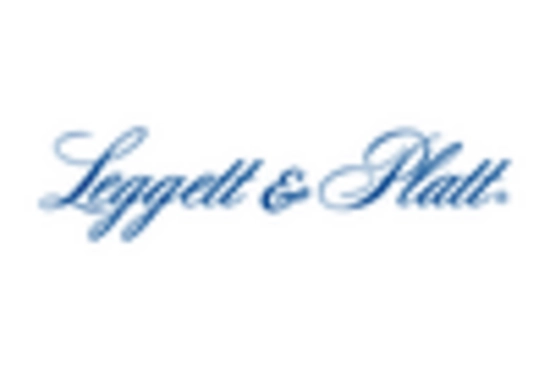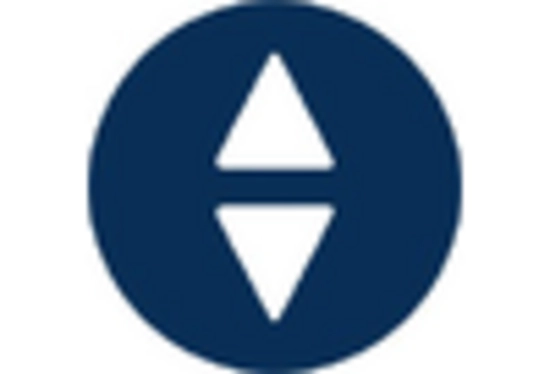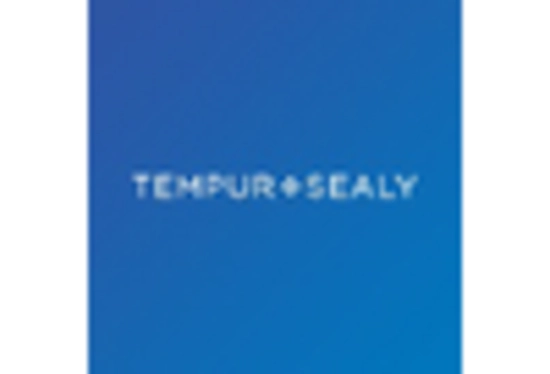Rising Health Consciousness Among Consumers
As health consciousness continues to rise, the Smart Bed Market is poised for growth. Consumers are increasingly aware of the impact of sleep on overall health and well-being. This awareness has led to a greater demand for products that facilitate better sleep quality. The market for smart beds, which often include features such as sleep analytics and health monitoring, is expected to expand significantly. Recent statistics suggest that nearly 60% of consumers are willing to invest in sleep technology to enhance their health. This trend underscores the potential for the Smart Bed Market to capitalize on the growing emphasis on health and wellness.
Technological Advancements in Sleep Science
The Smart Bed Market is experiencing a surge in demand due to rapid technological advancements in sleep science. Innovations such as sleep tracking, temperature regulation, and adjustable firmness are becoming increasingly prevalent. These features not only enhance user comfort but also provide valuable insights into sleep patterns, which can lead to improved health outcomes. According to recent data, the integration of advanced sensors and AI algorithms in smart beds is projected to grow by over 25% in the next five years. This trend indicates a strong consumer interest in products that promote better sleep quality, thereby driving the Smart Bed Market forward.
Increased Urbanization and Lifestyle Changes
Urbanization is reshaping lifestyles, leading to a greater focus on sleep quality and comfort. The Smart Bed Market is benefiting from this trend as more individuals seek solutions to combat the stresses of urban living. With busy schedules and increased exposure to technology, consumers are prioritizing sleep as a crucial aspect of their health. The demand for smart beds, which offer customizable features and enhanced comfort, is likely to rise. Market analysis indicates that urban dwellers are more inclined to invest in smart home technologies, including smart beds, to improve their living environments. This shift presents a significant opportunity for the Smart Bed Market.
Growing E-commerce and Online Retail Channels
The rise of e-commerce has transformed the way consumers shop for products, including those in the Smart Bed Market. Online retail channels provide consumers with easy access to a wide range of smart bed options, often accompanied by detailed product information and customer reviews. This convenience is likely to drive sales, as consumers increasingly prefer the flexibility of online shopping. Recent data indicates that online sales of smart beds have increased by over 30% in the past year. This trend suggests that the Smart Bed Market will continue to thrive as e-commerce platforms expand their offerings and reach a broader audience.
Focus on Sleep-Related Disorders and Solutions
The growing awareness of sleep-related disorders is influencing the Smart Bed Market. Conditions such as insomnia and sleep apnea are becoming more recognized, prompting consumers to seek solutions that can alleviate these issues. Smart beds equipped with features designed to address sleep disorders, such as adjustable positions and integrated sleep therapy, are gaining traction. Market Research Future indicates that the demand for smart beds that cater to specific sleep-related health concerns is on the rise. This focus on health solutions positions the Smart Bed Market to capitalize on the increasing need for effective sleep aids.


















Leave a Comment